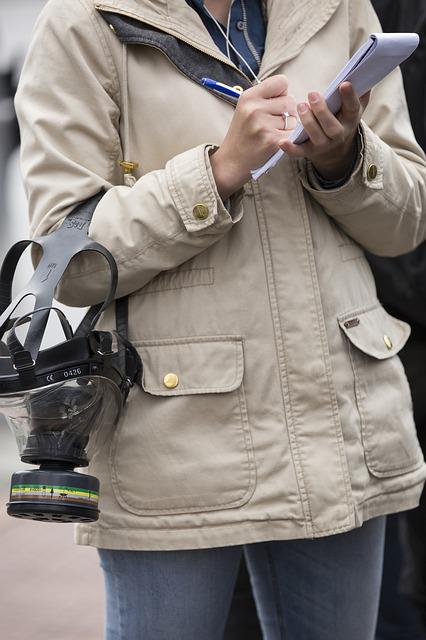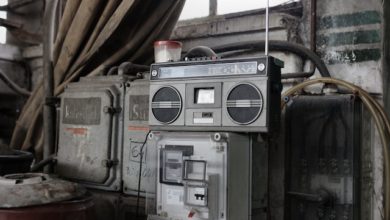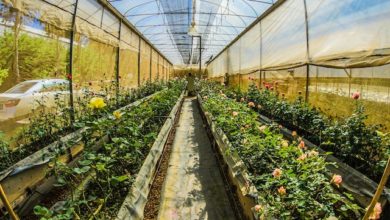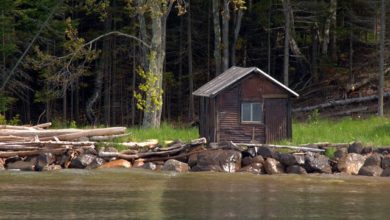
Urban Survival Guide
Do you have a survival guide for when disaster strikes?
A lot of people always plan to bug out of the city whenever SHTF like when a disaster strikes and here is their usual prepper game plan:
- Grab their go bags
- Get out of dodge
- Proceed to a secure bug-out location
These secure locations are often perceived by most as the jungle and as such, most folks spend a lot of time honing their wilderness survival skills like fire starting, shelter preparation, hunting/gathering, and water purification among others.
All these preparation plans are well and good, however, getting out of the city to the wild is not as easy as it seems. You will not just walk out the door with your Bug Out Bag (BOB) and arrive safely to your select location in the woods.
This is because, when SHTF, everyone within your vicinity and probably the entire urban population will be in a rush trying to flee to safety too.
As such, you are guaranteed to encounter chaos in the streets, dead communication lines, crazy traffic jams, crippled public transportation, and possibly mass hysteria among other challenges.
That being said, the chances of being stuck and hunkering down in the city essentially grow exponentially until the chaos and confusion subside.
So, when the day comes, you will need to have a game plan ready to help you ride out the scenario within the urban setting until some normalcy and the possibility of safely evacuating to your bug-out location becomes practical.
Factors to consider when preparing for urban survival
Surviving in an urban setting during a disaster scenario is usually riddled with numerous sets of challenges for preppers.
As such, when preparing, you should consider the following factors to aid you in developing full-proof survival plans.
They include
Population Density
Population density is one of the significant challenges of urban survival and it is associated with several other complications.
Take for example New York City which has approximately 27,000 individuals per square mile and the entire state of North Dakota with a population density of 11 people per square mile.
You can clearly imagine and see how emergency situations would unfold differently in these places.
Therefore, with a high population density, even the most organized and efficiently operational cities would have a hard time managing and dividing any available resources in an effort to restore order and balance once all hell breaks loose.
To be an organized prepper, you will need to
- Devise a sound plan that would enable you to evade and stay away from any trouble like jostling crowds and possible riots.
- Ensure you are self-reliant and avoid complete dependence on the government during disasters to send in relief and maintain order since they will probably be overwhelmed by the massive population density and crowds.
As such, instead of joining the crowds scrambling for supplies like gas or food, you should already have a stash of emergency supplies in a secure location.
Lack of natural resources in the cities
The urban setting usually has limited to no space for most people to grow plants let alone a full-scale survival garden that can sufficiently supply you with grown food.
For this reason, cities are often referred to as concrete jungles since the concept of living off the land virtually does not exist.
Subsequently, even foraging and hunting for food are also not viable survival options in these settings.
Therefore, when disaster strikes and nearly all systems collapse, significant points of obtaining food like grocery stores and utility supply companies will surely close down and become non-operational.
You will need to ask yourself several significant questions. Do you have a ready food stash and alternative utility sources like water or electricity sources that would supplement the collapsed system and not let you scramble for scraps with the crowds?
Limited Living and Storage Spaces
Most individuals in the urban settings usually live in tiny apartments in the middle of the city with barely enough space to spare for stashing emergency survival supplies. For this reason, only a fraction of the city’s population usually has huge pantries or even any form of a pantry full of emergency supplies.
Fortunately, there are usually several ways of also utilizing the small space you have to accommodate even the survival stash.
Transportation and Communication
This is another important consideration in preparing for urban survival. Whenever disaster strikes, the infrastructure systems are usually the first city sectors to get crippled.
For instance, most cities rely heavily on mass transportation avenues like bus and train systems, however, these are usually the first ones to be rendered useless.
Phone lines follow closely as panicked residents clog the system also rendering it useless.
Eventually, the entire grid system fails and with-it other essentials like the internet connection, bank systems, and credit/debit card lines among others.
It is important to have a sound evacuation and communication plan known to your family members in case disaster strikes.
For instance, do you have a designated meet-up location or out-of-town contact system to help you gather every family member?
How about a stash of important items like cash or rare goods for bartering with others?
Therefore, you need to incorporate all these into your survival preparations and plans to guarantee smooth sailing through the disaster.
Lootings and Riots
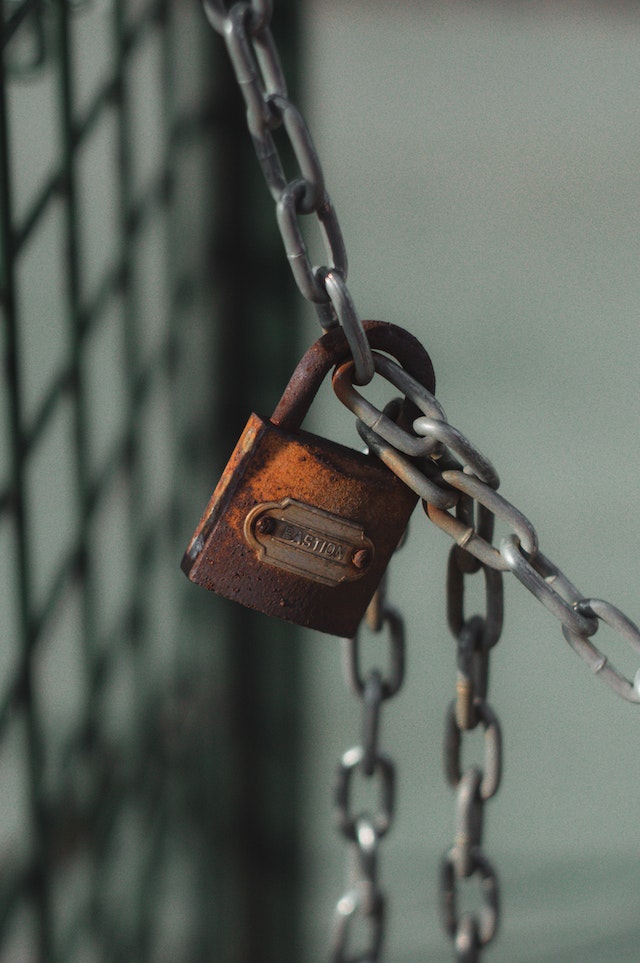
Disasters usually bring out the worst in people as their survival instincts kick in. Because of this, the safety and security of yourself and your family will definitely be one of the major challenges you will encounter and therefore should be given proper consideration.
The unprepared individuals will usually panic and opt for fighting dirty to secure the scarce resources by whatever means necessary.
Essentially, riots and social unrest are guaranteed to break out and in these situations, you have to devise sound plans to protect yourself, your family, and your emergency stash from such insecurities.
How to Prepare for Urban Survival
As clearly elaborated above, urban survival comes with its set of challenges which essentially requires several different sets of skills to pull through.
Discussed below are what you need to do to properly prepare for an urban survival scenario whenever disaster strikes
Developing Situational Awareness
A level mind is your best weapon in any emergency situation and this entails an individual’s ability to perceive, assess and act accordingly in a specific situation.
This is what is referred to as situational awareness and it is the first preparation step before embarking on any survival preparations or even working on your emergency supplies.
This process essentially entails knowing;
- Where you are
- What time it is
- The number of folks around you
- The severity of the situation
- Available resources
- Factors within your control
- Factors that are out of your scope, among others.
In a nutshell, you need to develop a keen sense of whatever is transpiring and understand the circumstances so you can make the right decisions throughout the situation.
Situational awareness further entails learning how to read and understand people’s intentions through body language.
This way, you would be able to determine whether you can trust a particular individual or assess whether they would be dangerous to you and your family in the long run. You may even be able to predict how some people would react when SHTF.
Through consistent and daily practice, your observational and deduction skill would manifest exceptionally enabling you to know what is transpiring so you may forge the correct path of action.
Storing of Supplies
Securing and storing vital emergency supplies is a must and can be done effectively when preparing for urban survival in case of a disaster despite the mostly limited storage space in urban settings.
Here is a list of the supplies to prepare:
Water
It is common knowledge that man can survive for 2 weeks without food but only 3 days without any water. As such, water is essential in any situation whether normal or when SHTF.
Unfortunately, when disaster strikes, clean running tap water will probably be the first system to be compromised and rendered useless.
Subsequently, the local water supply systems can also be contaminated or stop working altogether and even the sewer systems will follow suit.
That being said, you need to make sure you store sufficient water even to surplus for drinking, cooking, and overall hygiene purposes for you and your entire family.
Your stock should thus incorporate the recommended volume of one to two gallons of water per person every day. There are several approaches to storing your water;
- You may use tough BPA-free containers if you have sufficient real estate space.
- You can also opt for store-bought water bottles.
These are always purified, sealed, and relatively easy to transport in case you are moving to a more secure location. They are however quite expensive. - You may also stock on the water filters and purification tablets/drops.
These are handy in case you have limited space and working with a budget. They take the least space, require no fuel, and are effective against contaminated water with debris and most microorganisms. - Other water storage options include;
- Filling up the bathtub before water lines shut down.
- Utilizing the water in the water heater tank system, a source of at least 30 liters of clean water.
- Finding water sources in rainwater catchment systems, water towers, or even fire hydrants.
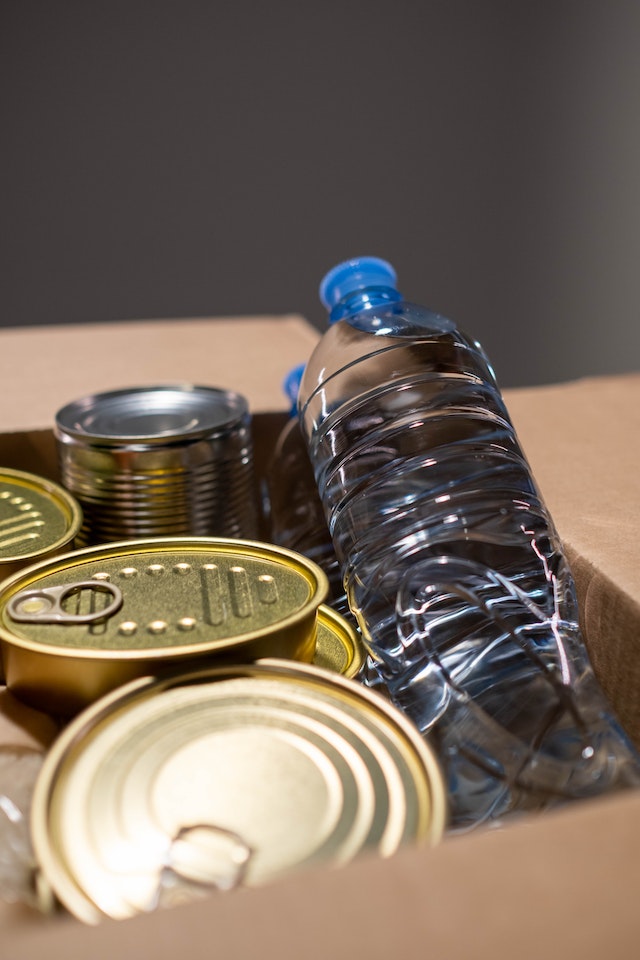
You will however need to know where to find these water sources within your vicinity by marking them on a street map prior as you never know you might need the information.
Food
Associated government agencies often recommend storing at least 2 weeks’ worth of food, but preppers know better since this won’t even scratch the surface if the disaster prolongs to a long-term one.
Therefore, if you are determined to pull through any situation, your survival preparation should be upgraded such that your food stock entails a four to six-week stash of non-perishable food items like canned products, preserved meat, and freeze-dried foods among other long-lasting food options.
When low on space, your stash should maximize on foods with high-calorie counts. To further increase the amount of stored foods within your limited space, you may also buy food items in bulk and repackage them in containers like food-grade buckets and mylar bags with oxygen absorbers.
These are great ways of protecting your goods against going bad thus extending their shelf life beyond normal expiry periods.
To save on your limited apartment space:
- You may repurpose the buckets to replace some furniture like coffee tables.
- You may also use the space beneath your beds and underneath staircases as storage spots.
- Finally, you can also construct pull-out cabinets and shelves which will also conserve space.
Cooking, Warmth, and Illumination
The majority of apartments in urban settings usually lack wood-burning fireplaces, stoves and even prohibit the use of alternative fuels like butane or propane within their premises. This makes accessing emergency heat and lighting options in these areas very challenging.
Nevertheless, below are a few options to explore as a prepper;
- Try and store food that doesn’t require additional extensive preparation.
Examples include canned meat and beans, peanut butter, dehydrated fruits, jerky beef, and ready-to-eat survival bars among other food categories that do not require cooking. Essentially, these foods are shelf stable and rich in calories.
- Keep a mini-rocket stove in your apartment.
These stoves are usually great in several emergency instances like during camping and disaster preparedness as well. They are always environment conscious as they utilize biofuel to burn cleaner and even hotter than traditional stoves.
Moreover, you may also acquire a butane burner if your apartment regulations permit, however, ensure to keep your windows wide open for sufficient airflow during use.
- Take measures to stay warm.
If you live in cold areas of the country, ensure you take the necessary precautions to keep your home sufficiently warm. You can achieve this by checking and reinforcing drafty windows and doors.
You can also adopt DIY strategies like using inexpensive materials such as bubble wrap, tape, and old sheets among others to prevent the cold breeze from seeping into your living space, that is, if you are renting and thus unable to make permanent reinforcement repairs.
You should also stock up on winter garments like space blankets, wool socks, and caps, blackout curtains, flannel sheets among others.
However, if by unfortunate events the available power goes out, you should gather everyone in one room to conserve and share body heat.
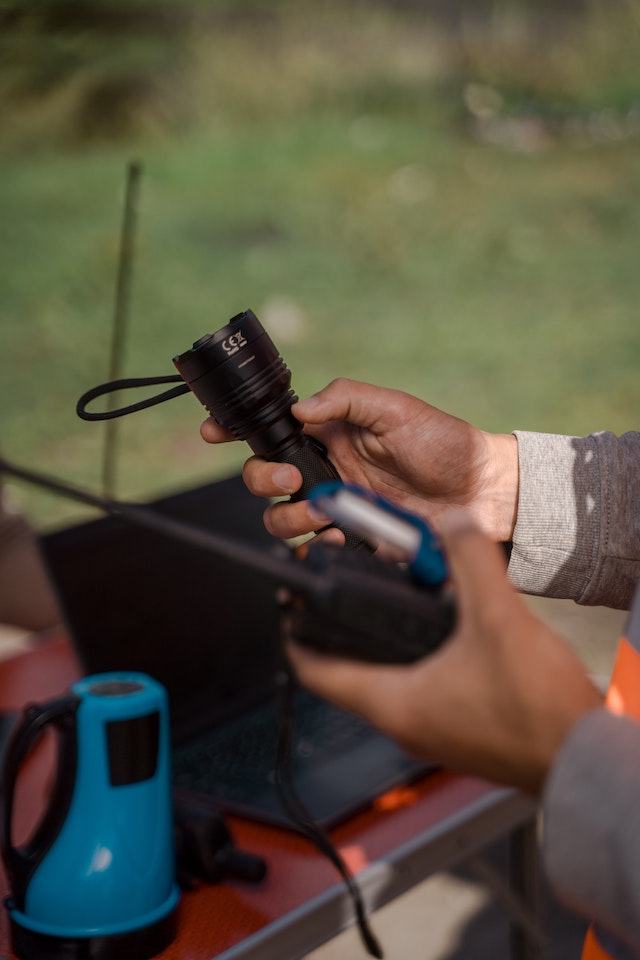
You should also wear adequate cloth layers, use thick blankets or spend the entire night period in winter sleeping bags which would be warmer than the beds.
- Avoid staying in the dark
You need to gather emergency lights and ensure they are fully charged at all times. A tactical flashlight with USB charging capability will also come in handy as it will not only provide you with lighting but also allows you to recharge it easily using a portable power bank or even your truck.
You will also need to acquire and keep a variety of tactical lights like floodlights which you use for threat assessment and even self-defense against external threats when needed.
Securing Your Shelter
Acquiring a shelter to ride out the disaster is the easy part since you will probably have an apartment unit in the city or a home back in the suburbs.
The difficult part comes in on how you plan to protect this space from looters and other significant human threats.
First and foremost, you should refrain from announcing your successful preparedness such as the massive survival stash back at home to everybody. This can often paint a huge target on your back for when SHTF as people will flock for aid while others aim to steal.
Subsequently, you should also take measures to discretely secure your perimeter.
Discrete measures imply keeping them on the down low by focusing on things like reinforcing your locks, deadbolting some access areas, adding sturdy barricades and foreboding signs among others.
Don’t go erecting tall fences and barbed wires as this will just advertise to the masses that you are definitely protecting some valuable goods worth exploiting.
Becoming a Gray Man
This implies becoming relatively invisible to the hungry masses. As such, you should have the ability to blend in with the crowd in emergency situations and avoid standing out at all costs as the individual with the scarce resources as this will surely paint a target on your back.
Therefore, just like discretely fortifying your home, you should take measures to ensure you are hiding in plain sight in front of everyone. This way, it would be easier for you and your family to navigate the crisis and probably slip away to a much safer location while everyone is panicking.
Becoming a gray man requires completely drawing no attention to yourself. You can achieve this by;
- Keeping your clothes plain and unremarkable
- Using ordinary black/gray backpacks when bugging out or gathering supplies.
- Opting for school or diaper bags not to attract any unwanted attention while among crowds.
Picking Locks and Other Skills That Might Come in Handy
Since bugging out to the jungle requires honing your skills in fire starting and water purification, riding out the disaster within an urban setting will require some mastery of skills such as lockpicking, starting fires using gum wrappers, situational awareness, and creating makeshift gas masks among others.
You can never know when you might need these odd set of skills since in a crisis, you may not get access to a handyman. Therefore, you better brush up on these skills while you still have time to do so.
Final Thoughts
Surviving in an urban environment is not a walk in the park as most would imagine especially during a disaster. There are definitely numerous sets of challenges that individuals would face when SHTF.
You might control most of these factors but you can always mitigate the prospective damages by embarking on a full-proof preparation to combat the challenges.
What is the first rule of survival?
You need to understand the limits of the human body. For instance, an individual can only survive for three straight minutes without breathable air, in an unconscious state, or when immersed in icy water.
Subsequently, humans can also survive for three hours in harsh conditions like extreme heat or cold, three days without drinkable water, and essentially three weeks without any food.
What are the five survival tips?
There are 5 basic survival skills that should be familiar to every individual;
- Basic Survival Skill 1: Fire (This is the king of survival techniques!)
- Basic Survival Skill 2: Shelter.
- Basic Survival Skill 3: Signaling.
- Basic Survival Skill 4: Food and Water.
- Basic Survival Skill 5: First Aid.
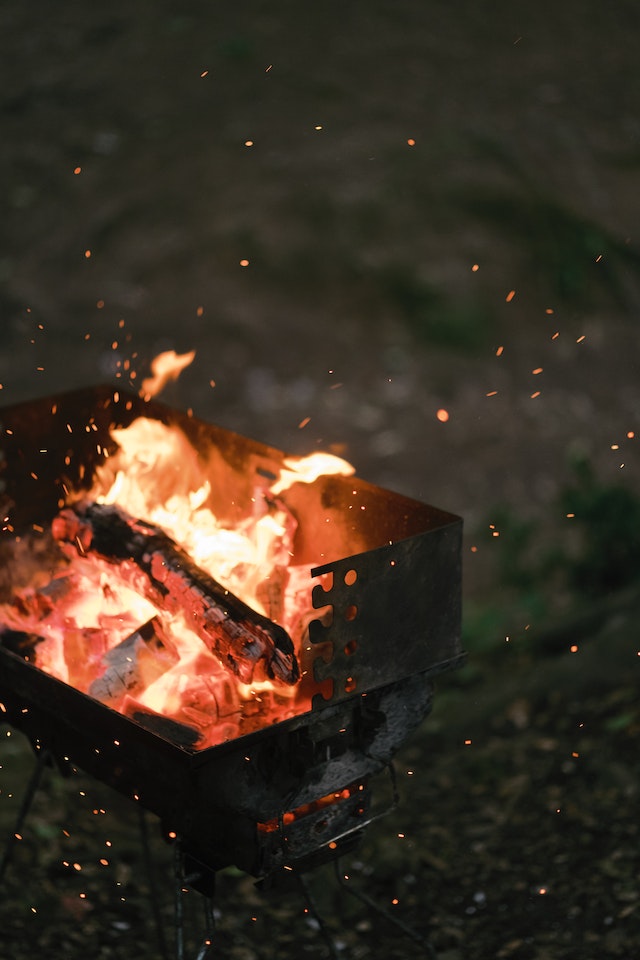
What is the most important tool for survival?
A fire starter. This is because, according to Maslow’s Hierarchy of Needs, food, water, warmth and rest are the most important things for human survival and the fire starter will help you achieve most if not all of them.
Therefore, having a fire starter in your survival kit will help you in cooking food, boiling water, staying warm, and essentially sleeping/resting easily without worrying about insects and predators.
Important urban survival self-defense skills to know:
- Always BACK DOWN!!! Just because you CAN fight doesn’t mean you SHOULD…
- Always blend in with the crowds so as not to look like a target by leaving all that camo gear at home and not flashing/bragging about your survival supplies.
- Always have your weapons ready for self-defense.
